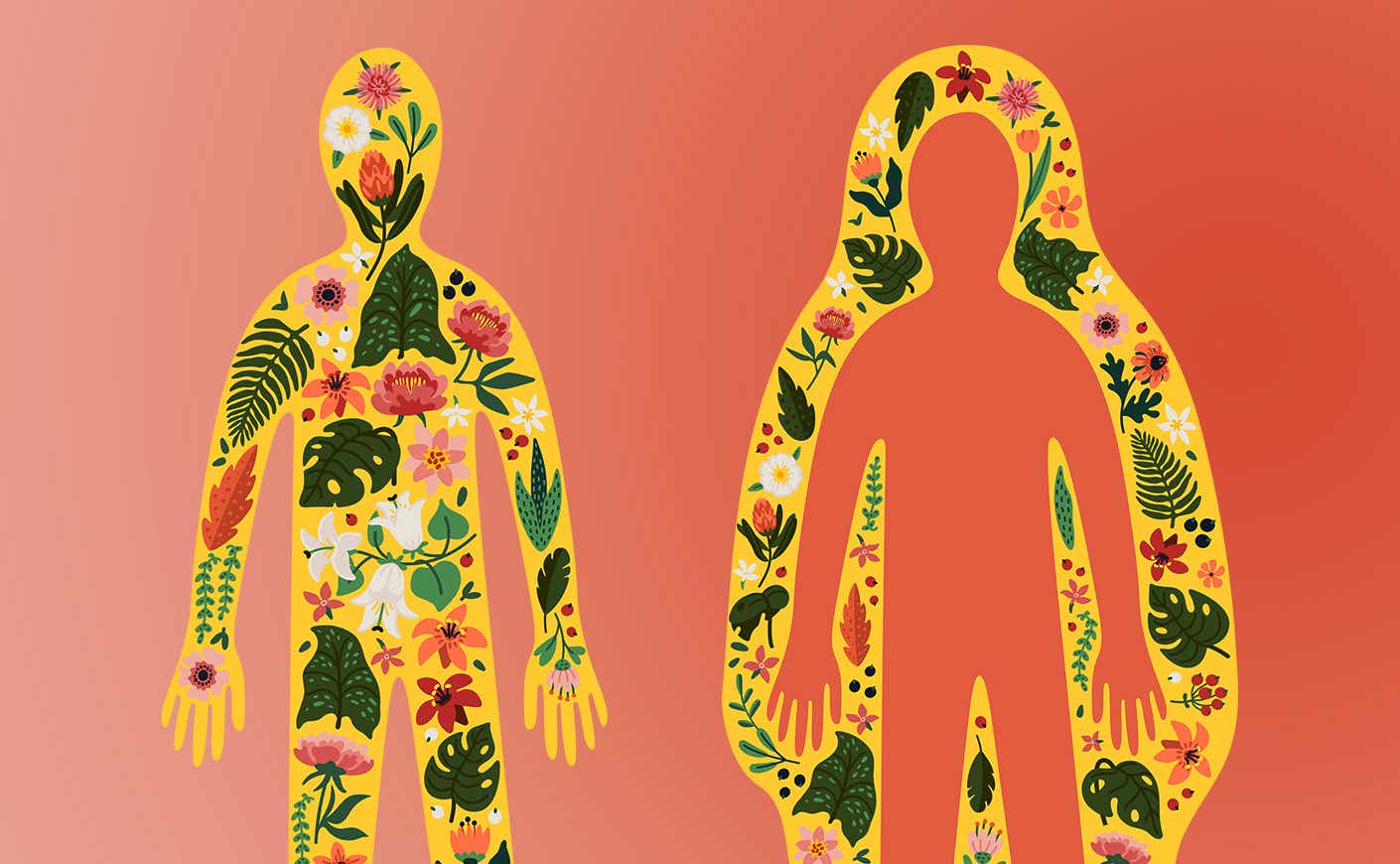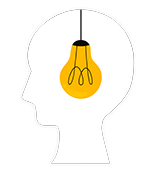What would you say if someone asked you to describe your social tendencies? You might rattle off a variety of adjectives such as energetic and outgoing — or if you’re on the other end of the spectrum, you might say shy and quiet. These traits might even depend on the situation — for instance, you could be a chatty Kathy with family and friends but reserved with people you don’t know as well.
And that makes sense. While we’ve been led to believe that we’re either introverts or extroverts, experts say the truth is most people are somewhere in the middle — and there’s a term for this: ambiverts, who balance both introverted and extroverted tendencies. You might even be an omnivert and fall on the extremes of both these personality types.
Not quite sure where you land on this spectrum? Well, you’re definitely not alone, so we took a closer look at each personality type and their differences.
What’s an introvert?
Contrary to what you might think, being introverted has nothing to do with being shy. You can be great in social situations but still be introverted. That’s because introversion versus extroversion is about what makes you feel whole, not your communication skills. If you’re an introvert, you might need a certain amount of alone time daily to recharge. You also probably prefer working solo instead of on a team.
That’s not to say introverts don’t enjoy being around people. A 2015 study found that high-quality relationships are key to overall happiness among introverts. “When introverts do socialize, they enjoy smaller, more intimate settings because they can get overwhelmed by large groups of people,” psychologist Adam Borland, Psy.D, tells us.
The psychologists we consulted agree that introverts are the most misunderstood of the personality types — they’re often labeled as being shy, aloof, and arrogant. This could partly be because American culture tends to value extroversion more than introversion. They aren’t the first to point this out — in her book Quiet, Susan Cain bemoans how introversion has become “a second-class personality trait, somewhere between a disappointment and a pathology.”
But if you look below the exterior, introverts have so many overlooked strengths. “Since introverts spend so much time with their own thoughts, they tend to be more self-aware, contemplative, and even considerate of the needs of others,” says Dr. Borland.
What’s an extrovert?
Extroverts thrive on connecting with others and interacting with the world around them.
They’re also often thought of as the life of the party and can be found at the center of any social gathering. That’s because being around people is where they get their energy, so if they spend too much time alone, they tend to feel bored or anxious.
Since extroverts are more outward-facing, they also tend to have more acquaintances than close friends. “Signs that someone is an extrovert can include them strategically taking actions to surround themselves with lots of people, being chatty and friendly, prioritizing having a large number of friends and choosing hobbies and work that intersect with lots of people,” relationship expert Laurel Steinberg, Ph.D. tells us.
According to Psychology Today, extroverts are thought to make up between half and three-quarters of the U.S. population.
What’s an ambivert?
If you feel you possess a combination of extroverted and introverted traits, you might be an ambivert. This means you may need some alone time to recharge but also feel energized when around others.
Since ambiverts don’t lean too heavily one way or the other, they’re often seen as having an advantage over introverts and extroverts because they can more easily adjust to interacting with different people, no matter which way their personality leans.
In a 2013 study, Adam Grant, a psychology professor at the University of Pennsylvania, coined the term “the ambivert advantage” after finding that call center workers who were more productive and successful fell more in the middle of the extroversion scale. In fact, those who were either extremely introverted or extremely extroverted tended to be the worst performers.
“Because they naturally engage in a flexible pattern of talking and listening, ambiverts are likely to express sufficient assertiveness and enthusiasm to persuade and close a sale,” Grant wrote in the study. However, ambiverts are also “more inclined to listen to customers’ interests and less vulnerable to appearing too excited or overconfident.”
What’s an omnivert?
Unlike ambiverts, who are more even-keeled, omniverts drastically swing between extroversion and introversion. That’s because how they act in a social setting can be completely situational — it depends on where they are, who they’re with, and what they’re doing. This could have to do with the fact that omniverts often feel the need to read the room before they start talking or interacting with others.
Omviverts’ personalities also tend to be more driven by their moods. According to Dr. Borland, one classic example is frequently feeling the urge to back out of plans that they were once really excited about due to suddenly feeling anxious or overwhelmed.
The tendency to jump around on the social spectrum can make it especially difficult to identify this personality type. Around particular people, they may find themselves acting more reserved or outgoing than when they’re with other groups. “They may have kind of a love-hate dynamic with being in the spotlight,” says Dr. Borland.
Personality tests (and their controversies)
At some point or another, you’ve probably done a personality test, whether for a job or just out of curiosity. The most famous and widely used one is the Myers-Briggs Type Indicator. This test asks you a series of questions to reveal your core personality type: Are you an extrovert or an introvert? Sensing or intuitive? Thinking or feeling? Judging or perceiving? The crossover of all of these traits reveals one of 16 different “types” of personalities.
The questionnaire has been widely embraced by corporations and even the U.S. government, but you may be surprised to learn that it doesn’t have any scientific basis. It also doesn’t acknowledge ambiverts or omniverts, even though some personality psychologists do.
“The amount and ways that people interact with others is dependent on a lot of other factors, including, but not limited to, stresses in their lives, such as their physical and mental health and various day-to-day responsibilities,” says Dr. Steinberg.
Still, the MBTI remains very popular — and if you haven’t already taken it, chances are you will. Psychologist John Zelenski, who’s a professor of psychology at Carleton University in Ottawa, thinks its widespread appeal has to do with the fact that the test doesn’t include negative categories, like neuroticism, that can be found in the personality tests used by researchers.
Is personality genetic?
Ever wonder if you got your personality from your mom (or dad)? Well, researchers have spent decades studying families, twins, adopted children, and foster families to answer just that.
While both nature and nurture can play a role, studies have shown that we’re mostly born with personality traits inherited from our parents. The exact degree varies depending on the gene, and there are many of them: Interactions between more than 700 genes had more of an influence on certain personality traits than cultural and environmental influences, according to a 2018 study published in the journal Molecular Psychiatry.
Our personalities can also shift over time. For instance, research has suggested that people become more introverted as they age. But our personalities aren’t wholly etched in stone — and they’re much more nuanced than we might think.













